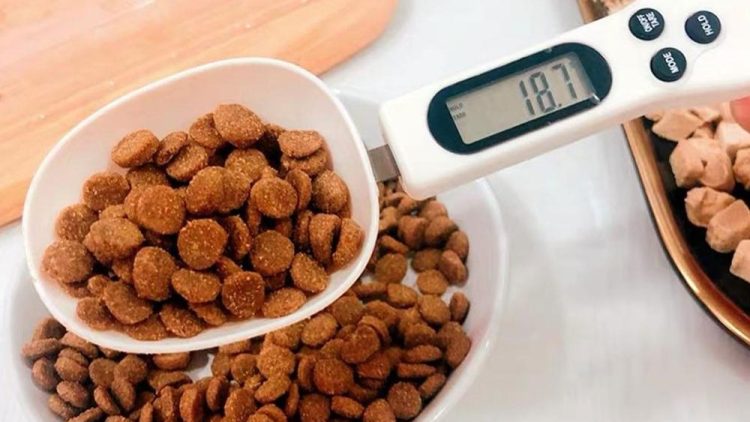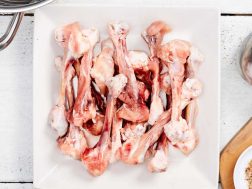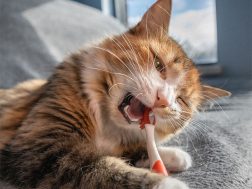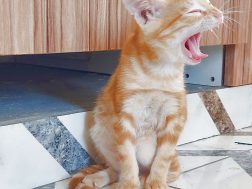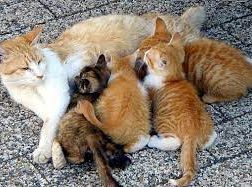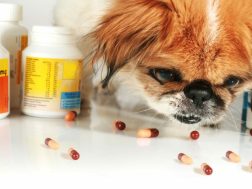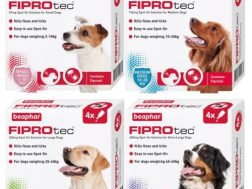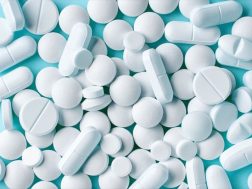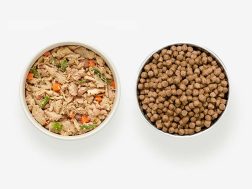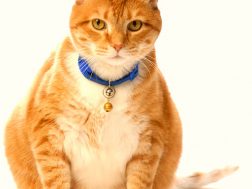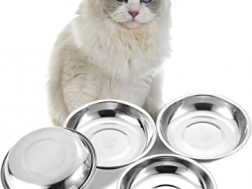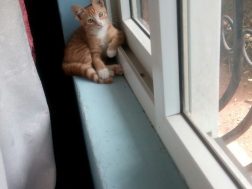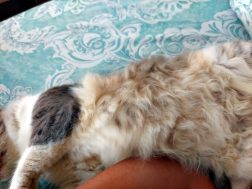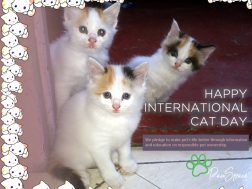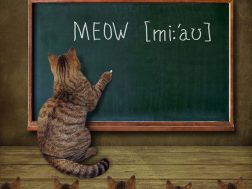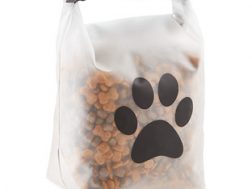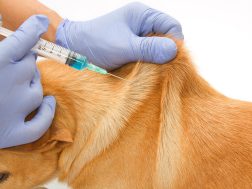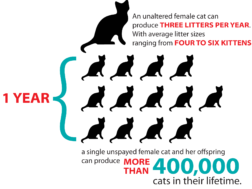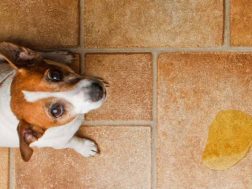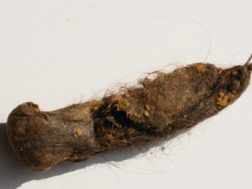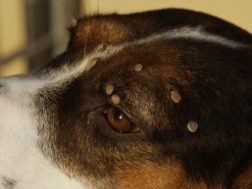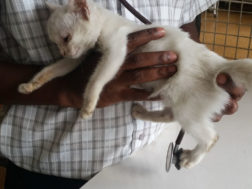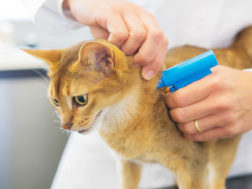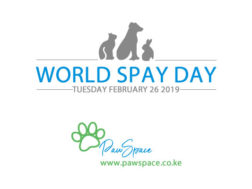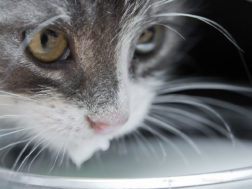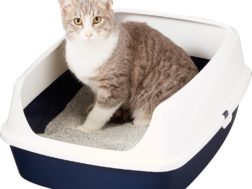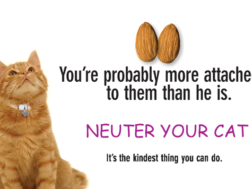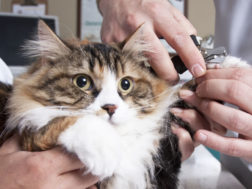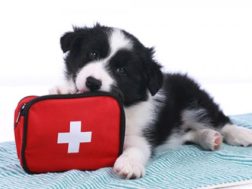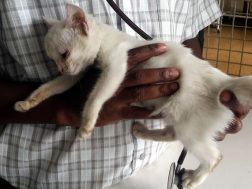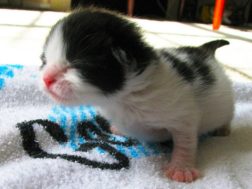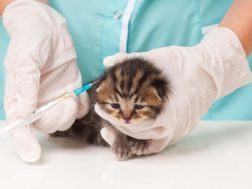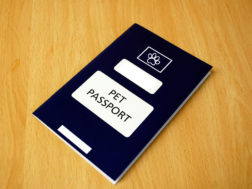When it comes to how much to feed your cat, there are a few things to consider:
- Age of your cat
- Weight of your cat
- Your cat’s energy level
- If your cat is pregnant or nursing kittens
- Type of food: dry food, wet food, or a combination of the two
- What nutrients your cat needs
- If your cat lives indoors, outdoors, or both
- Your budget and lifestyle
Cats are naturally lazy creatures who would much rather nap than exercise and indoor cats live lazy lives. They wake up and eat, take a nap, eat some more, lay in the sun, eat some more, ad infinitum.
You can calculate how much food your cat needs based on its weight. Your cat’s ideal healthy weight will determine how many calories they need a day. An adult cat requires about 25 calories per pound of body weight. An 8 oz cup of dry food averages in at about 500 calories. So, if we estimate that the average ten-pound cat needs about 250 calories per day, the average cat will need about 1/3 – 1/2 of a cup of food, maybe less if your cat is particularly lazy.
| Weight (lbs) | Daily Calories | Cups of Food (oz) | Wet Food (oz) |
| 1 | 25 | 0.4 | 0.6 |
| 5 | 125 | 2 | 3 |
| 10 | 250 | 4 | 6 |
| 15 | 375 | 6 | 9 |
| 20 | 500 | 8 | 12 |
So what mistakes are we making when feeding our cats and why?
Our cats can’t tell us, not with words. Sometimes we don’t know where we’ve gone wrong until our cat is sick or visibly obese. Obesity is the number one health issue for indoor companion cats globally.
1. Over-feeding – too much food
Although a pudgy kitty may look kind of cute, obesity is associated with cat health issues including diabetes, arthritis , and urinary tract disease.
2. Feeding only dry food
Cats are designed to get their water with their food. Canned food is about 78% water where as dry food is between 5%-10% water.
A cat’s sensitivity to thirst is blunted compared to a dog, they don’t voluntarily drink water like a dog would and because they naturally produce highly concentrated urine we’re setting them up for urinary tract problems when their diet is low in liquids.
Canned wet food does a much better job of keeping your cat well-hydrated.
3. Offering Too Little Water
Clearly water is vital, for cats as well as people. Essential to life, water accounts for 60% to 70% of an adult cat’s body weight, say ASPCA experts. A serious water deficiency can have critical repercussions for pets, causing serious illness or death.
Although wet foods can go far toward meeting your feline friend’s water needs, cats should also have several sources of fresh water available through the house. Pay attention to where the cat likes to be so that there’s water there.
Some cats can detect the taste of chlorine in tap water so you might want to buy bottled water for them like my cat Stormy.
4. Going Vegetarian or Vegan
Another up-and-coming cat feeding mistake is trying to make cats vegetarians or vegans.
Cats are obligate carnivores, meaning they must eat mainly meat and animal organs to thrive. The amino acid taurine, for example, is found only in animal tissue. Lack of taurine can lead a cat to experience heart problems, blindness, and even death.
5. Home-made Cat Foods
A cat diet too heavy in tuna, liver, or liver oil (such as cod liver oil), can lead to vitamin A toxicosis, resulting in bone and joint pain, brittle bones, and dry skin. A diet too rich in raw fish can destroy vitamin B1, causing muscle weakness, seizures, or brain damage.
If you wish to make your own pet food at home, you need to follow a properly balanced recipe. Homemade Cat Food
One way to do that is to start by talking to your veterinarian, who can guide you away from food fads and steer you toward a balanced, healthy eating plan for your cat.
You May also Like this
Healthy Teeth without Brushing Providing your cat with meaty bones, such as...
Is rabies vaccine necessary for indoor cats? Should you vaccinate an indoor...
Cats can be perfectly (read purrfectly) happy in small spaces, it’s not...
Regular exercise and mental stimulation is important for the overall well being...
Just as we begin to wear thicker clothes, similarly our feline companions...
Average Cost of Puppy and Dog Vaccinations in Kenya Vaccinations are critical...
Tips for keeping a pet-friendly home clean and odor-free As small-space living...
Feline Calicivirus Infection in Cats Feline calicivirus is a highly contagious virus...
Ticks are small blood-sucking parasites that can transmit very serious diseases. They...
Cat Flu Feline calicivirus infection is a common respiratory disease in cats....
Vaccination Schedule for Dogs: Core and Non-core Vaccines What Do Dog Vaccinations...
Vet Care CoverPet insurance pays, partly or in total, for veterinary treatment...
Kittens are seemingly inexhaustible, furry, bundles of energy. We all enjoy a...
Intestinal tapeworms and roundworms are very common in kittens and adult cats...
is offering all clients an incredible 50% discount on neutering and spaying....
Are you prepared should something happen to you faithful feline friend? Every...
The importance of vaccinations to the overall health and longevity of your...
Official entry requirements When travelling to Kenya with your pet there are...
Official entry requirements When travelling to Kenya with your pet there are...


